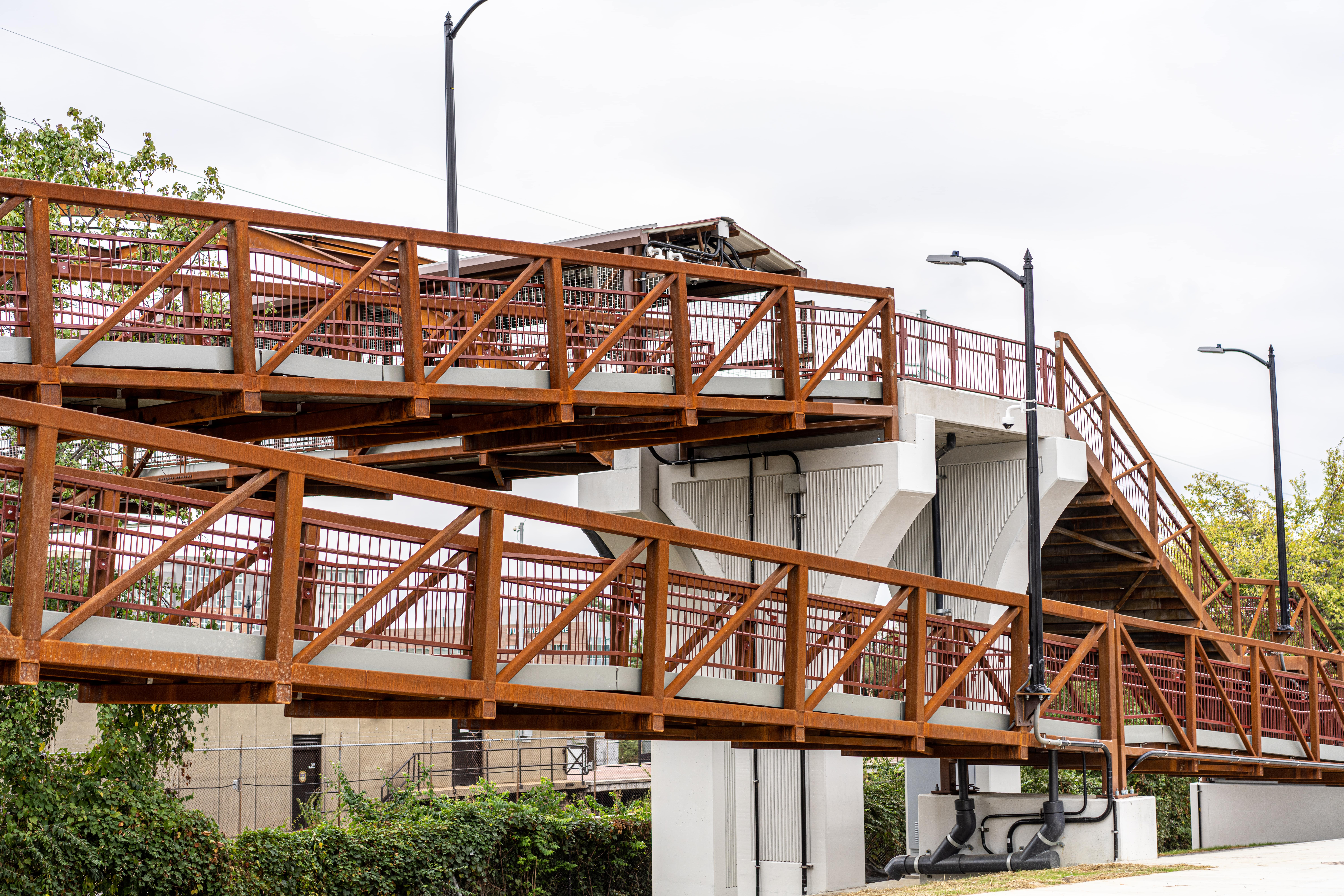In June the American Composites Manufacturers Association (ACMA) held its largest Composites Fly-In to date, attracting more than 100 industry leaders from across the country. For nearly a decade the ACMA has organized the event in partnership with members of the supply chain to visit Washington DC and make a case for composites before members of Congress. Attendees participated in more than 80 meetings with lawmakers and staff from both the House and Senate. A leader and long-time participant in the Fly-In, Creative Composites Group (CCG) continues to play an active role in the industry’s growth. CCG holds seats on several ACMA boards and committees and has been instrumental in pioneering the U.S. Army Corps of Engineers’ (USACE) early adoption of composites. The federal agency’s role in managing and maintaining civilian and military infrastructure and its integration of composite materials was a key topic of discussion.
CLIFF NOTES
The three-day event included promotion of continued innovation and industry expansion through several key priorities. Attendees advocated for a sound tax policy to support manufacturers and a science-based process for evaluating styrene. Members also addressed the potential impact of tariffs and supply chain disruptions on production of advanced materials in the U.S.
ACMA introduced its “Smart Policy, Smarter Materials” campaign. The program targets the prevention of overly restrictive regulations that could hamper American innovation and competitiveness in manufacturing. The upcoming 2026 Surface Transportation Bill presents another opportunity to expand the use of composites in national infrastructure. ACMA proposed two measures for inclusion. First, mandate that all federally funded infrastructure projects evaluate the use of advanced materials including composites. Secondly, ensure that Build America Buy America is strongly enforced so that domestically manufactured composite products are prioritized in federally supported programs.
While not an agenda item, a major topic of conversation throughout the event was the USACE and its growing use of composites for water infrastructure applications. Funding for agency is determined annually through the Energy and Water Development Appropriations Bill. The process begins with the President's budget request. The proposal outlines funding for USACE's programs and is then reviewed and adjusted by Congress based on member priorities and stakeholder input.
CCG representatives expressed optimism following productive conversations with several senators who voiced support for USACE’s use of composites. One Texas congressman shared a real world example of the impact of another CCG product when he noted that StormStrong FRP distribution poles were playing a key role in improving grid resilience across his district.
PIONEERING PATHWAYS
CCG’s long-standing partnership with USACE dates back more than a decade. In 2012 the USACE Engineer Research and Development Center (ERDC), the premier research and development center for the agency, collaborated with West Virginia University to design and build a prototype glass fiber reinforced polymer (GFRP) wicket gate as part of a composite demonstration project aimed at modernizing large-scale waterborne infrastructure. In 2014 the university referred USACE to CCG to fabricate Fiber Reinforced Polymer (FRP) wicket gates which were installed in 2015 at the Peoria Lock & Dam on the Illinois River in Creve Coeur, Illinois.
Each gate—16 ft. long, 4 ft. wide and 8 in. thick—was rigorously tested and found to exhibit mechanical properties equal to or better than that of traditional wood. Superior strength, minimal deflection and corrosion resistance have resulted in longer service life with zero maintenance. Over a 50-year service life, the federal agency calculated an estimated savings of almost $19 million. CCG is currently manufacturing FRP stop logs for USACE and just secured a contract specifying fabrication of a 19 ft. by 14 ft. tainter valve for Lock 16 on the Mississippi River.
GROWING THE INDUSTRY WITH FRP
Throughout the event attendees emphasized the importance of using composites in areas like clean energy, infrastructure and domestic manufacturing. USACE applications will continue to be a core focus for CCG. The company’s expanding product portfolio and acquisition-driven growth have positioned it to support the industry in a nearly unlimited range of markets.
Got an infrastructure problem you can’t solve? We’d love to talk with you about it.
